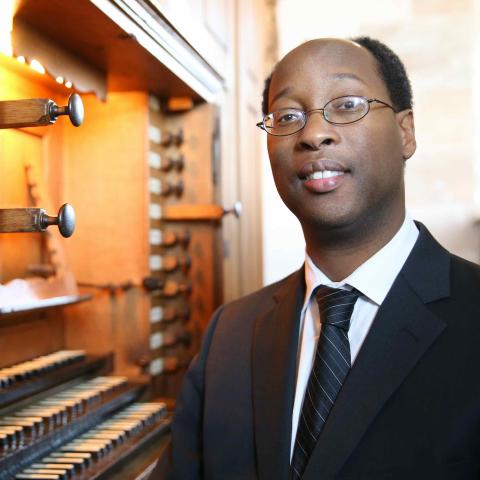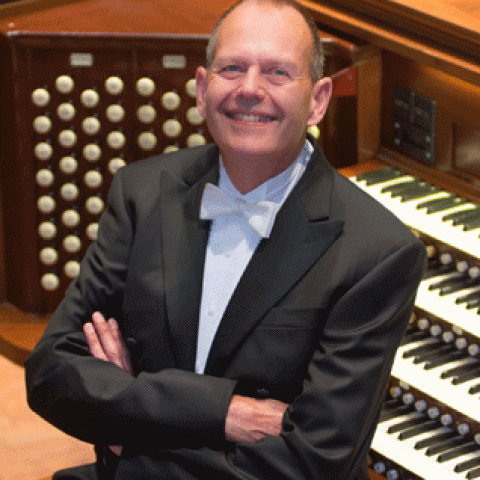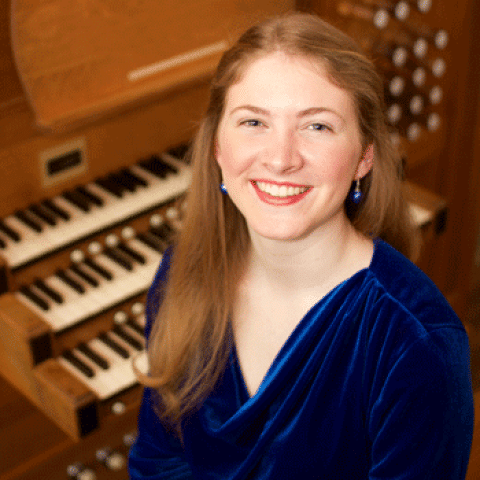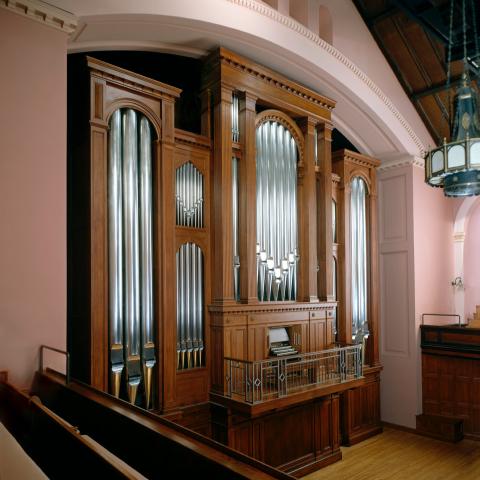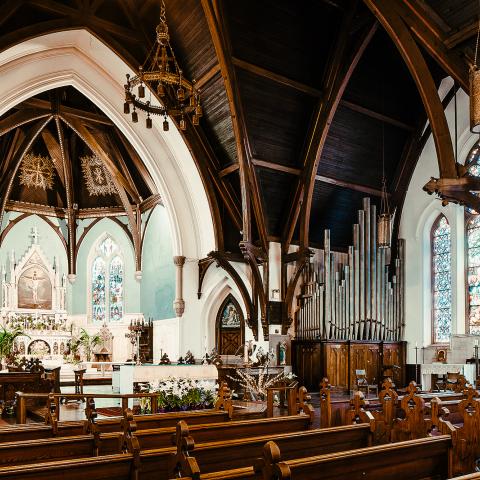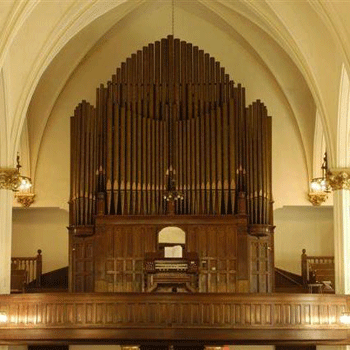
The Sacred Heart Music Center, Duluth, Minnesota, presents A Felgemaker Christmas: A Virtual Organ Concert.
The concert features Velda Bell, Sam Black, Sam Gray, Tom Hamilton, Rachael Kresha, Karen Sande, and David Tryggestad playing the music center’s Felgemaker Opus 664, two manuals and 26 ranks.
Initial broadcast was on Sunday, November 29, on Sacred Heart Music Center’s YouTube Channel (Youtube.com/sacredheartmusiccenterduluth). The concert remains on Sacred Heart’s YouTube channel for later viewing.
Like all music venues, Sacred Heart Music Center has been devasted by the COVID-19 pandemic because it can no longer host live performances, which are its main source of revenue. In an effort to remain vibrant, Sacred Heart Music Center installed high-speed cable to improve its capacity for live streaming and other video recording projects. It also established a new YouTube channel to facilitate the distribution of live and recorded performances.
Donations to support the maintenance of Sacred Heart’s Felgemaker organ are gratefully accepted and appreciated. You may give online at https://www.givemn.org/story/Pipeorganfund OR send a check to Sacred Heart Music Center, 201 West 4th St., Duluth, MN 55806. Please indicate ‘Felgemaker Pipe Organ’ in the memo line.
For more information, please contact Velda Bell at veldagb@hotmail.com or 218-393-4006. http://sacredheartmusic.org/about/felgemaker-organ/
Other free online organ music:

